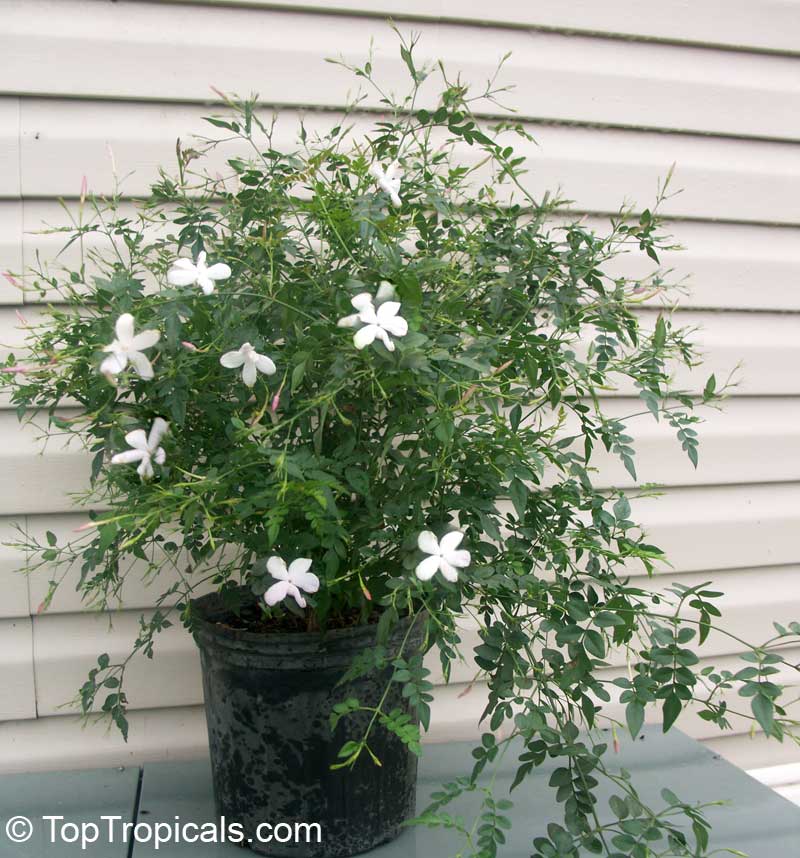This is the week of Thanksgiving, Black Friday and Fresh Cut Christmas Trees. So as many of us go to buy our trees, I thought it would be a good idea to go over picking a good tree and how to keep it that way.
Plan Ahead
You should plan ahead. Plan where your tree will be placed and move the furniture to be sure you can live with the arrangement Know how big your tree should be. You would be surprise how many people buy a tree way too big for their house. I remember sitting at my brother's house and looking around a giant tree to watch "It's A Wonderful Life".
.JPG)
Check For Freshness
Once you pick your tree, you will want to check the needles. Firs are the trees of choice because they are known to keep their needles well. The most common are Douglas, Fraser and Balsam. Of those, I like the Balsam best. You could also mix it up with a long needle Pine. What ever you chose, test the needles before you buy. Grab a branch and brush the needles backwards. If they don't pull free easily then you know the tree is still fresh. Many Christmas Tree lots will give the bottom of the tree a fresh cut but if you have the ability to do it when you get home it would be much better and the tree will stay fresh longer. The reason is that the stem of the tree will start sealing over almost as soon as it is cut. If you cannot cut it fresh, place your tree in very warm water when you get home. The sap will soften allowing the tree to drink. One hour later add enough ice to cool off the water. Cool water will make the tree think it is still winter and slow down its drinking. The cooler the tree the longer it will last. Remember to keep it watered. Do not leave the lights on when you go out and enjoy it when you are home.
Wreaths
Fresh wreaths will dry out and drop their needles quickly because there is no actual way to water them. To make them last longer, keeping them cool is the answer. Don't place your wreath between your front door and your storm door. The sun will heat that area very quickly. Instead, put it on the outside of the storm door. There are magnetic hooks that you can put back to back on both sides of the glass to hang your wreath on. Inside, keep it away from the heat vents and where the sun will shine on it during the heat of the day. You can try misting it regularly which will help to keep them cool. If your wreath does dry out and there is still some holiday left, spray it with hair spray to keep it from dropping. WARNING: this will make it more flammable than just letting it dry.
Recap
Remember to review the posts from last year about caring for Poinsettias. I noticed a beautiful way to display your Amaryllis this this year. You will need a tall glass container and pebbles to plant the bulb in. Add pebbles to the glass container and then the bulb with more pebbles half way up the bulb. Add water. As the leaves sprout the tall sides of the container will keep them from falling over and the stem of the flowers will also have the extra support, keeping them fresher. To top it off, it is a beautiful presentation.
That should cover it. If you have any questions, please comment below or send me an email to houseplantsos@gmail.com. Meanwhile, may you and your family have a Happy Thanksgiving.
Sincerely,
k.k.jones
.JPG)





































